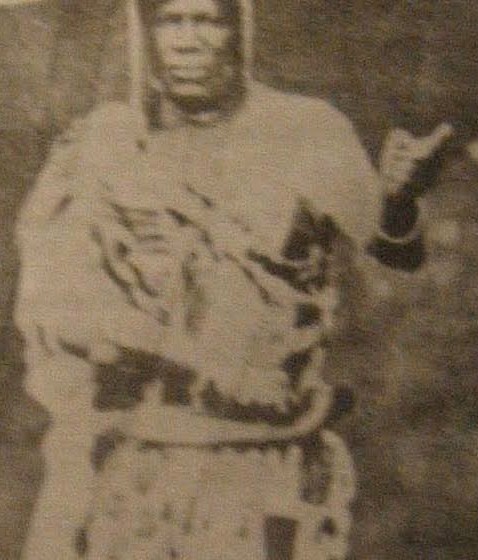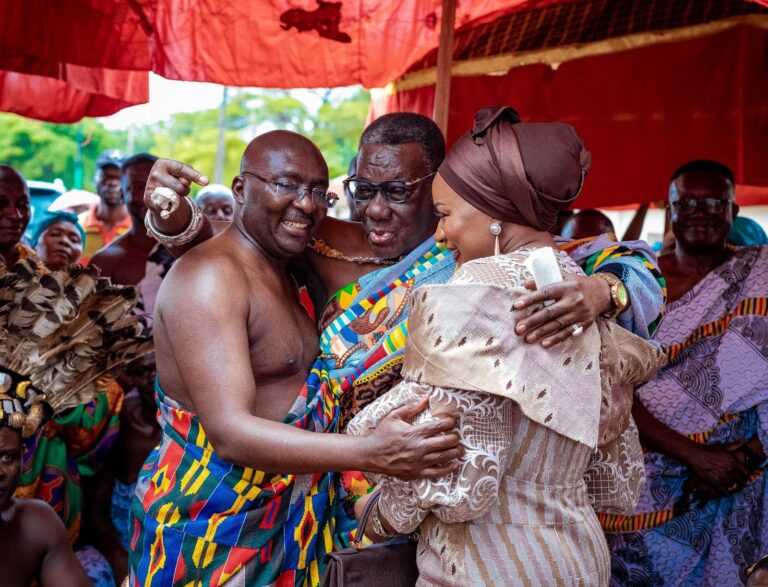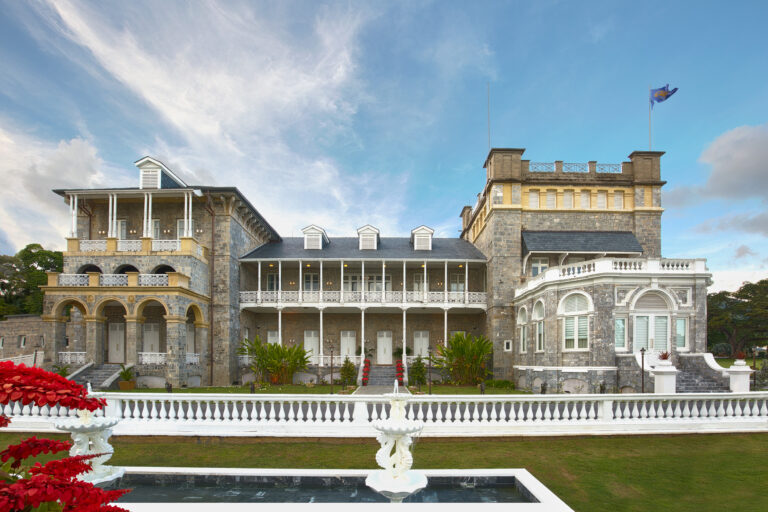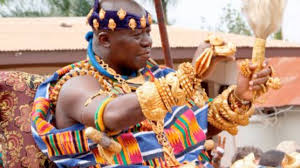
Ghana has over 52 ethnic groups with diversified cultural festivals that could boost both internal and external tourism.
Kumasi, the Ashanti Regional, was the centre of a fluffy of activities during the month of May. The Asantehene, Otumfuo Osei Tutu II, was celebrating his 25 years on the Golden Stool and all eyes were on Asanteman. To climax the celebration a durbar of chiefs was held on May 12, 2024, in Kumasi.
The gathering which attracted thousands of people was seen as the largest gathering of people in the country in recent memory.
Termed Adaekese festival not only did it attract people from the over 65 paramountcies of Asanteman but throughout Ghana, and some foreign countries.
Commenting on the success and high attendance at the Adaekese, Dr Ivor Agyeman Duah of the Monuments and Museums Board expressed gratitude to the organisers of the festival for the excellent work done and looked forward to more of such celebrations to boost the tourism sector.
“One, it brought a lot of revenue to businesses, especially, the hospitality industry – hotels, catering services, transport services, and, the textile manufacturing companies. Again, tens of thousands of people came from beyond Ashanti and it also created cultural visibility as people learnt of Ashanti at its cultural best”, Dr Agyeman Duah said.
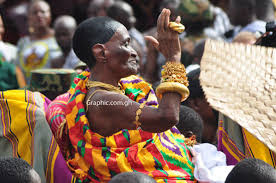
Mr Owusu Berko, historian and traditionalist, could not but totally agree with Dr Agyeman Duah.
“One of the objectives of a festival is to attract visitors who will spend money, increase government revenue, and boost the local economy. Looking at the attendance – local and foreign, this was achieved”, Historian Owusu Berko said.
Furthermore, he said, “Bilateral relations with countries like Mali and Trinidad and Tobago which had an evident presence at the festival is something that could not be glossed over. Relations between Ghana and the two countries were greatly boosted by their presence at the festival”.
Ghana has over 52 ethnic groups with diversified cultural festivals which if properly planned and executed would boost both internal and external tourism.
The country is rich in arts – music and dance, pottery and wood carving, gold work and silver work, and varieties of richly coloured textiles. These multiplicity of arts makes Ghana a destination of cultural tourism.
Again the many festivals that abound in the country are periods of family reunions and feasting, revered ancestors and gods are invoked to participate. To traditional rulers, festivals are not only the time for public renewal of allegiances to the paramount stool and the state, but also the period to discuss and plan for community projects.
Cultural tourism according to industry experts is characterized by its importance in the process of employment and its positive socio-economic implications, such as revitalizing urban areas and supporting conservation and heritage promotion.
It is mainly undertaken by individuals or groups seeking distinct experiences related to visual arts, entertainment, architecture, cooking, and crafts, often combining primary and secondary motivations.
The Ghanaian believe that festivals help one to forge close bondage with the ancestors and also seek their protection. Additionally, festivals break the monotony of daily life, relieve boredom, give an interruption to the unrelenting burden of never-ending duties, and as a result provide man a feeling of happiness and freedom.
“It plays a crucial role in the spiritual and ethical formation of children and youth, transferring life experiences and cultural heritage to the new generation. The development of cultural tourism is influenced by factors such as the availability of cultural goods and the motivations and needs of tourists”, tourism experts say.
Tourism operators say among the many challenges impinging the development of the sector are the lack of financial resources, poor forms of governance, inappropriate project management processes, ineffective enforcement of regulations, corruption and lack of support for heritage conservation.
Historically, tourism in Ghana has seen a boost since the late 1980s with the number of tourist arrivals and amount of tourists’ expenditure have steadily increased, while both public and private investment activity in various tourism sub-sectors have expanded.
Industry sources say, “The business will not go away and poorly managed cultural destinations will not only negatively impact local communities, but also the industry when heritage resources and values are degraded. The challenge is not to stop tourism but rather for all stakeholders to work together in achieving sustainable planning and management”.
Story: Oppong Baah

